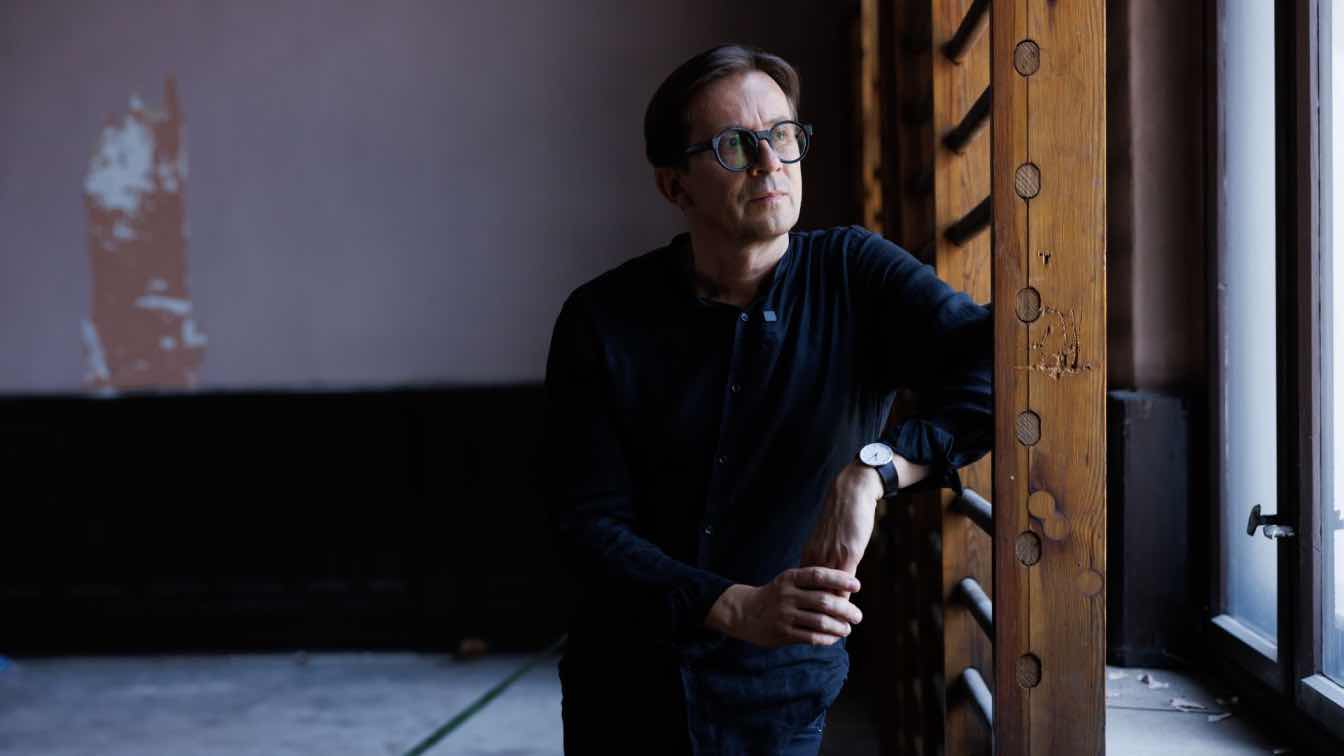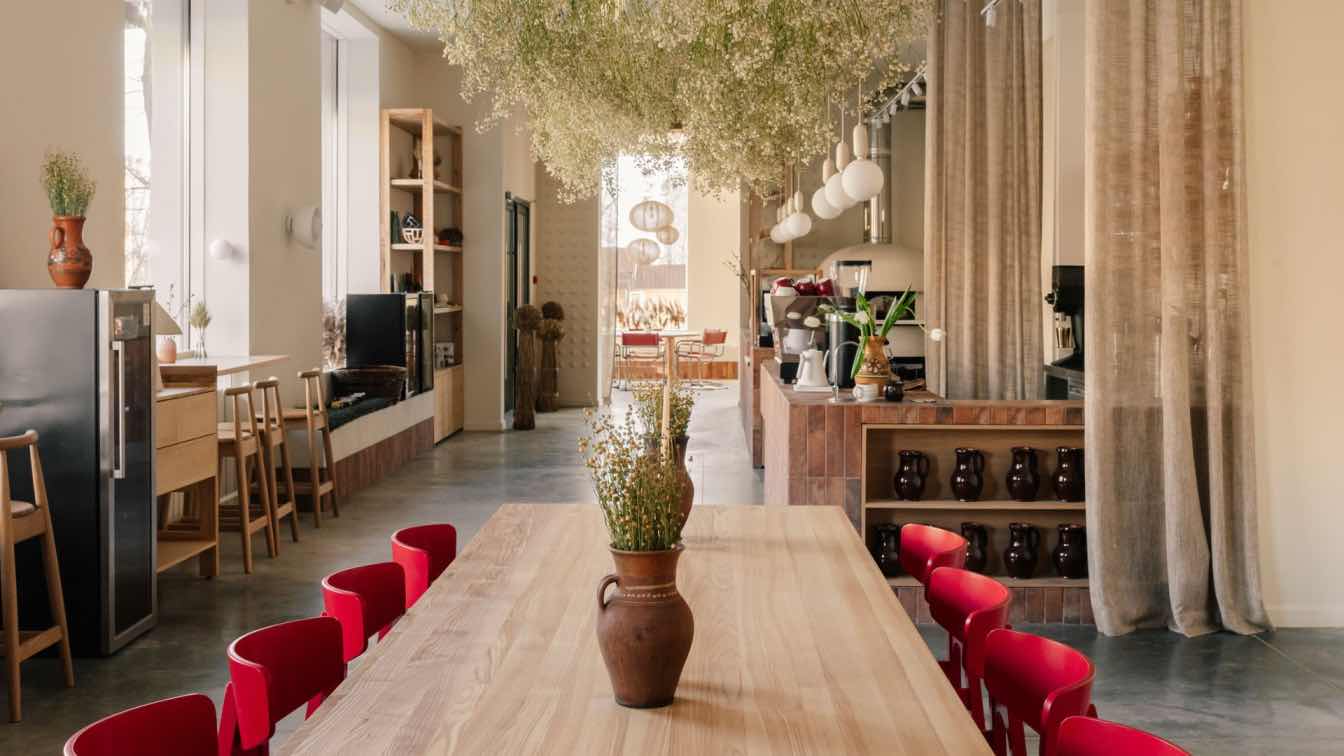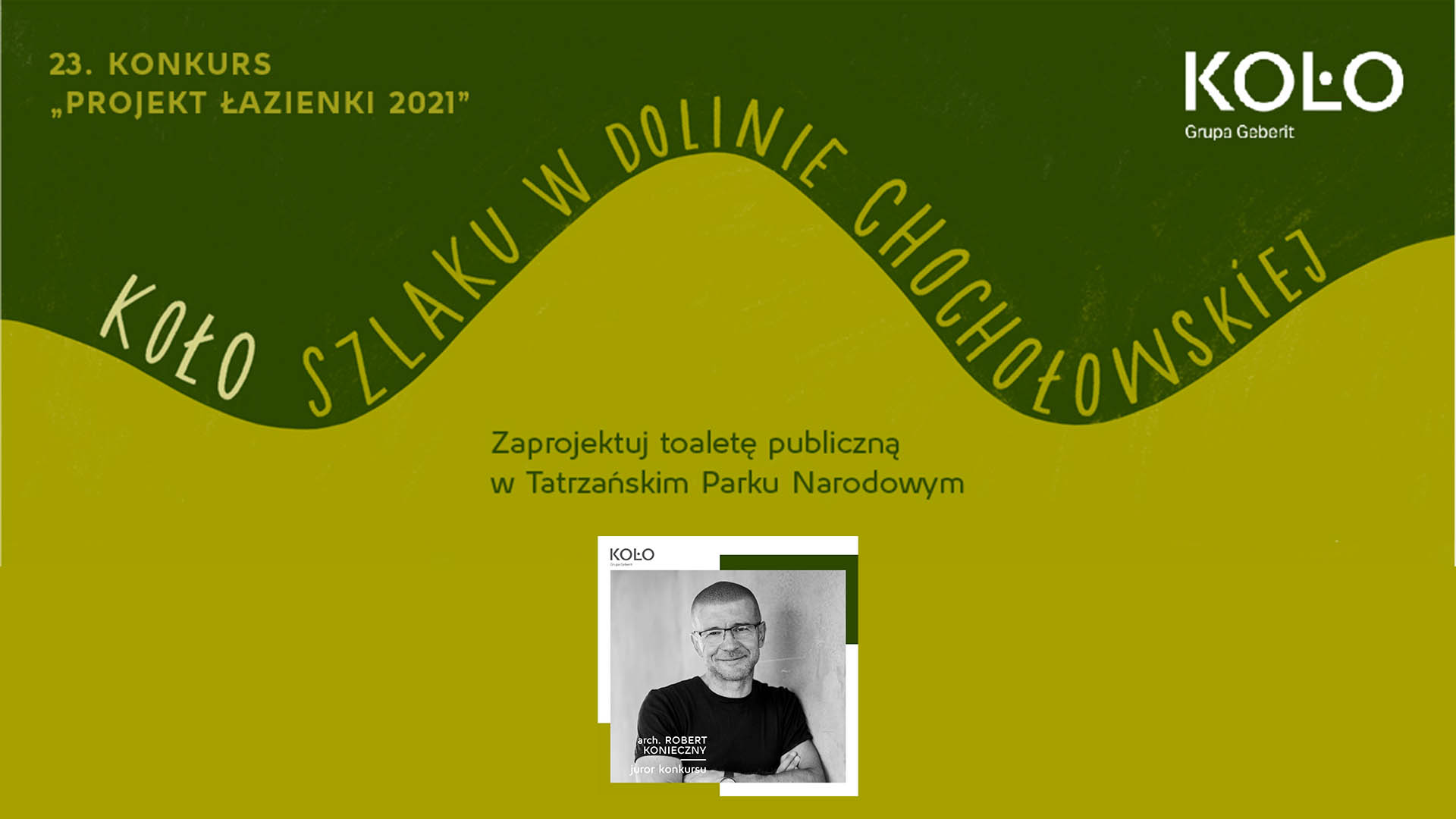In an insightful interview, Tomasz Konior, principal architect at Konior Studio and the visionary behind numerous distinguished projects including the celebrated Polish National Radio Symphony Orchestra (NOSPR) in Katowice, shares his unique perspective on the potential of the Dworcowa Quarter in Katowice, collaboration with the Epione Group, and the challenges faced by the design team.
With a career deeply rooted in Katowice, both sentimentally and professionally, you have shaped the architectural landscape of this Silesian capital through a series of remarkable projects. At the same time, Silesian culture, history, and tradition hold a special place in your heart. Does this make designing in Katowice particularly meaningful for you?
Tomasz Konior : I have lived in Katowice for nearly three decades. That’s a huge chunk of my life. However, it is a journey that began with challenges. For a highlander who had previously lived in Krakow, it was difficult to understand the Silesian specificity. Over time, however, I discovered its specificity, local culture, and unique sites. I met many wonderful people and learned numerous fascinating stories which tied me even more strongly to Katowice. Moreover, it became clear to me that this place still needs conscious investors and ambitious architects. The city is changing before our eyes. I am thrilled that, along with the team I work with, we have a part in this. Locality is very important to us. We encounter the local context on a daily basis. Being from here, we are, in a way, designing for ourselves.
The Dworcowa Quarter is one of the latest projects by Konior Studio, associated with a site significant to the spatial and historical fabric of Katowice. At what point did you recognize its potential?
K.: When I first moved to Katowice, my first apartment was right next to this area. Every day on my way to the office, I passed by the deteriorating townhouses in this quarter. Katowice was then at the very beginning of its transformation. I was constantly confronted with the dominance of modernism, whose effects were visible at every turn in the city. For decades, the past and local building traditions were considered obsolete. It’s astonishing how the outstanding architecture of these townhouses, their compact structure forming the urban fabric, was marginalized and depreciated in favour of modern construction. Today, this trend is changing. Increasingly, not only individual townhouses but entire enclaves are being restored to their former glory. Adapted to new functions, they signify prestige and create a unique character and distinctiveness of places. They are simply universal and beautiful regardless of the passage of time. Although cities change, thanks to townhouses and quarters, they retain their identity and human scale.
The uniqueness of the Dworcowa Quarter lies in the fact that not a single building but an entire ensemble of 19th-century structures will be revitalized. Where did this idea come from?
K.: The investor has a special connection to this place. There used to be a health clinic for railway workers here, where he worked. Initially, he purchased a few townhouses, then more. When I became the architect responsible for the project, I myself persuaded him to acquire additional properties to achieve the right scale for the endeavour, which will not only define the character and functionality of the designed ensemble but will significantly impact the quality of the centre. We aim to restore the lustre of the old façades and fill the interiors with new content, thereby enhancing the potential of the entire area, its diversity, and accessibility for residents and visitors.
Looking back over the past few decades, it seems we’ve forgotten the city-building role of urban quarters. You aim to restore the significance of this traditional urban layout with the Dworcowa Quarter project. Why is this so important?
K.: It’s enough to just look at modern cities. It’s hard to control the chaos of dispersed development. This is a consequence of rejecting old models. The urban fabric, based on a human scale, was the foundation for shaping cities for centuries, creating quarters, streets, and squares. Unfortunately, contemporary concepts often fail and age too quickly. That’s why I am an enthusiast of tried-and-tested solutions. Cities develop much better through evolution than through the most enticing manifestos, which usually remain unfulfilled promises. This was the case with modernism. Meanwhile, architecture should be long-lived. We can only appreciate its quality after many years. That’s why I believe in good continuity, which proves itself better in the long run.
It’s worth highlighting at this point that this spectacular investment wouldn’t have been possible without the Epione Group. How did your collaboration come about?
K.: The investor had previously worked with other architects. However, he was still seeking solutions that would convince him to undertake such a large investment in this very location. When he first came to me, we had a long conversation that was a fascinating exchange of views on architecture, the city, and people’s needs. Our track record and portfolio were instrumental in the decision to work together. We always listen attentively to expectations to ensure effectiveness and good results that withstand the test of time. This project is exceptional, complex, and very demanding. At first glance, it’s difficult to grasp its scale and scope. We are working very closely with the city and a team of experts in heritage conservation, fire protection, bioengineering, commercialization, hospitality, and many other fields.
Perhaps it’s time to reveal a bit of the secret and tell us what exactly will be the focus of the revitalization?
K.: Based on the historical buildings, we are creating a multifunctional concept that will build a new quality. Discovering forgotten history is fascinating. Beneath the layers of paint and plaster, we find the rich history of Katowice. Besides highlighting the historical values, we are looking for ways to reuse preserved elements such as stonework, metalwork, and door woodwork. The most important aspect of this transformation will be the ground floors, which will open to the city through their interiors and their numerous entrances and panoramic display windows, inviting passersby inside. Cafes, shops, service outlets, entrances to hotels and offices will line the frontage. Attractions will include internal glazed courtyards and restaurants, for which we have co-created an original culinary concept. The historic attic of the corner townhouse closing the perspective of Mariacka Street will house exclusive hotel apartments and a spa. We are planning many amenities. The project includes environmentally conscious solutions with renewable energy sources and green roofs.
What was the biggest design challenge during the work on the Dworcowa Quarter?
K.: I think it was reconciling contradictions. In such a sensitive location, the goals of the investor, future users, residents, neighbours and, finally, city officials and civil servants rarely align. I trust that we succeeded. What’s fascinating in this process is finding the right answers: how to introduce a new function into old townhouses, how to integrate the target structure with the historic fabric, how to communicate the entire layout with the surroundings. Finally, how to comply with regulations and obtain permits. It’s quite a balancing act. We tried to approach the superstructure of this quarter with sensitivity but without complexes, taking the neighbouring buildings as a reference point. This required meticulous proportion studies and searching for solutions that would create a new context for the old buildings. There are also many technical issues at the intersection with neighbouring buildings. Another challenge was designing a spacious underground parking lot. Soon, construction work will begin. This is the most interesting phase when we test the validity of the decisions made. Such a large project in an established city centre will undoubtedly stir up considerable emotions. A hot topic we’re currently working on is the possibility of a drive-up to the main entrance of one of the hotels.
A revitalization project is always preceded by gathering documentation and exploring the history of the object being revitalized. Did accessing archives for the Dworcowa Quarter pose any difficulties?
K.: We searched for original drawings and preserved photos wherever possible. In museums, in the city archive, from private individuals. We asked residents. We managed to acquire old photographs, thanks to which we can recreate damaged cornices, balconies, and finishing details.
Did anything during these searches surprise you and your team of architects?
K.: This project continues to surprise. I believe that during the construction work, we are bound to find more unexpected discoveries that will verify our assumptions.
Recently, revitalization is becoming a global trend. We see the potential of degraded urban fabric and have ideas for repurposing decaying and forgotten townhouses or factories. However, I get the impression that the role of revitalization goes beyond merely saving material cultural heritage.
K.: Absolutely. It’s not just about tradition but about new life in abandoned, yet exceptionally attractive places that bring prominence back to city centres. In this process, universality based on building quality and durable materials plays a significant role. Concern for the environment is finally ceasing to be just a slogan. It’s worth realizing that reviving existing buildings is more environmentally-friendly than building anew. Finally, the phenomenon of the urban quarter, the tectonics of individual façades, their intriguing articulation, and relationships with the street are priceless values.
Sometimes, the revitalization of historic buildings evokes a multitude of emotions. At time, it seems that this results from architectural ignorance. Firstly, critics of revitalization projects often forget that, for instance, a building they pass by daily, accustomed to its current form, has been rebuilt many times over. Secondly, in Western Europe, historic structures are often combined with modern architectural forms, yet we still fear this. What is your opinion on this?
K.: Indeed, our surroundings indicate a lack of good standards. Modernism severed our roots, deprived us of continuity and respect for tradition. For decades, historic buildings have been left to deteriorate and it was thought that their time was over. Today, we react with extremes: either orthodoxly trying to protect the past, or demolishing entirely new, even twenty-year-old buildings. In practice, separate, context-detached projects still dominate. It’s high time to draw conclusions and skilfully combine old with new. When Haussmann rebuilt Paris, he did it based on existing structures, reworking the previous framework, giving it a new character and scale. In wise revitalization, I see a tremendous opportunity to restore the status of city centres and entire districts. This requires an understanding of the context and changing needs. Ingenuity in harnessing existing potential with contemporary technologies is very much in demand. The layering of different epochs and styles is a natural phenomenon. In the Dworcowa Quarter, we preserve what is valuable, complementing the old fabric with new architecture in an honest and sincere way. I see no reason why we should erase this difference.
The general contractor for the Dworcowa Quarter will soon be selected and the first construction works will begin. According to plans, the investment will last 3 to 4 years. Let’s attempt to journey through time for a moment. What would you like see in a few years’ time while strolling through Katowice’s Dworcowa Square.
K.: The triumph of rediscovered old architecture and its urban phenomenon. Debunking the myths propagated by modernists that streets are relics and that old is ugly. On the contrary, I envision a vibrant, attractive centre of bygone Katowice, drawing people like a magnet with its diversity and atmosphere. Nothing speaks better of a place’s quality than its satisfied users. I hope that the revitalization of the Dworcowa Quarter will soon be a catalyst that sets the standards for further initiatives in the centre, bringing more quarters to life and creating a friendly space in cities.
Konior Studio is an architectural studio founded in 1995 by Tomasz Konior. Numbering nearly 30 architects, the team specializes in the realization of public buildings, such as the headquarters of the National Polish Radio Symphony Orchestra in Katowice, which opened in October 2014.







